Pachinko: The Fascinating World of Japanese Pinball
The world of Pachinko, where luck and skill collide in this unique Japanese gaming sensation.
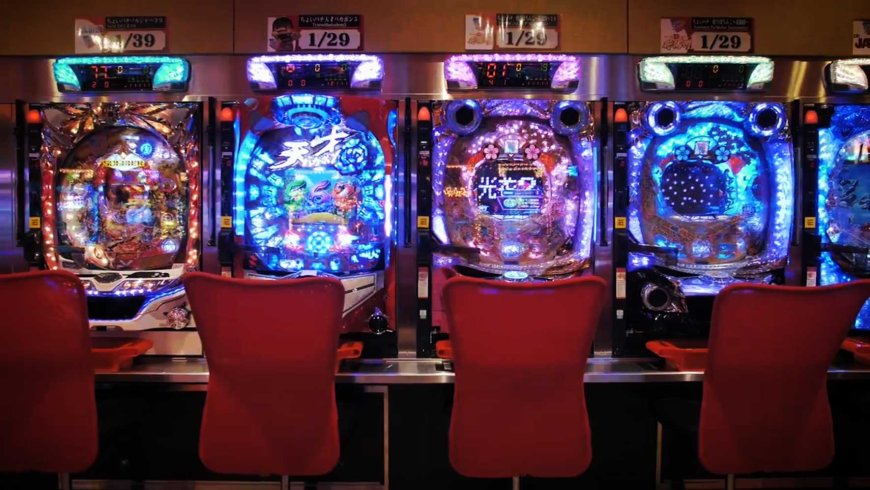
A Fusion of Pinball and Excitement
Step into the lively and colorful world of Pachinko, a popular Japanese game that combines elements of pinball and slot machines. Originating in the early 20th century, Pachinko has evolved into a cultural phenomenon, captivating millions with its unique blend of luck and skill.
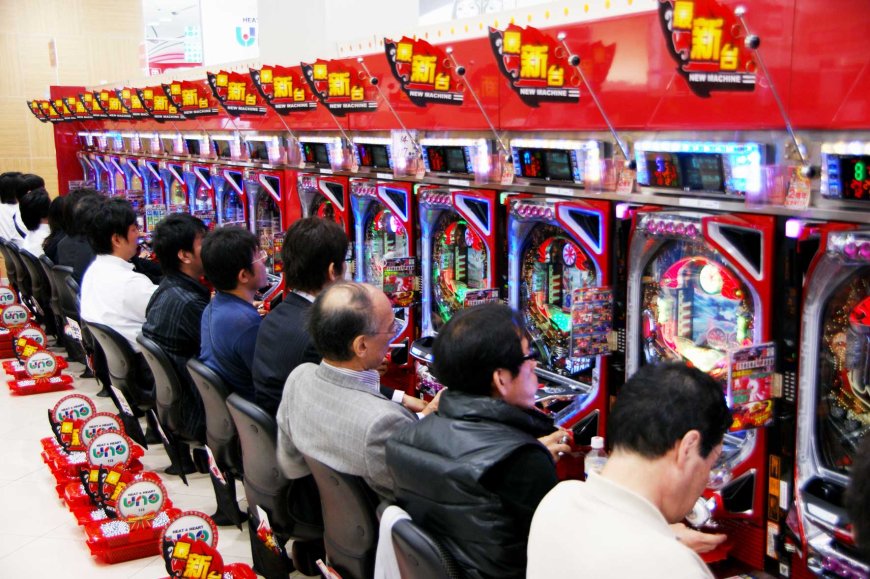 Credit: twicepix
Credit: twicepix
The Origins of Pachinko
Pachinko's roots can be traced back to the early 1920s, inspired by a Japanese game called "Corinth Game" or "Bagatelle Pinball." Initially, it was a children's pastime, involving the rolling of balls down a wooden board with numbered holes. The game underwent transformations over the years, and by the 1930s, Pachinko emerged as a popular form of entertainment for adults. It wasn't until after World War II that Pachinko truly flourished, with the introduction of mechanical devices that propelled it into the realm of adult gambling.
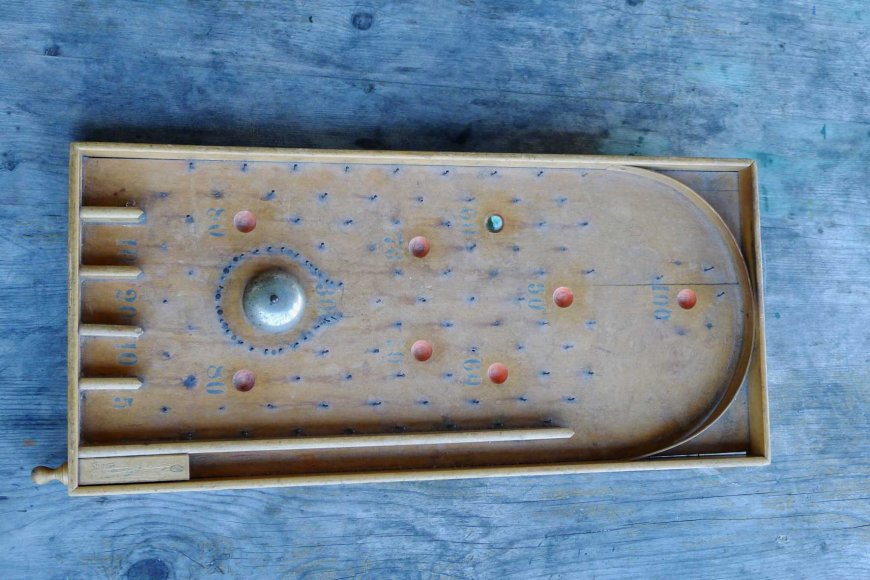 Credit: Dromedar61
Credit: Dromedar61
Mechanics of Pachinko
Pachinko machines are a sight to behold, resembling vertical pinball machines. Players launch small, steel balls onto the playing field, aiming to land them in specific pockets or scoring zones. The vertical board is studded with pins, creating a maze-like path for the balls to navigate. The ultimate goal is to land the balls in winning pockets, triggering a cascade of lights, sounds, and, most importantly, more balls.
 Credit: MichaelMaggs
Credit: MichaelMaggs
Subculture of Pachinko Parlors
Pachinko parlors dot the landscape of Japan, attracting a diverse range of players. These establishments often feature rows upon rows of Pachinko machines, creating a cacophony of sound as steel balls bounce off the pins. The atmosphere is charged with excitement, with players focused on their machines, hoping for a stroke of luck that could lead to a shower of additional balls or even a jackpot.
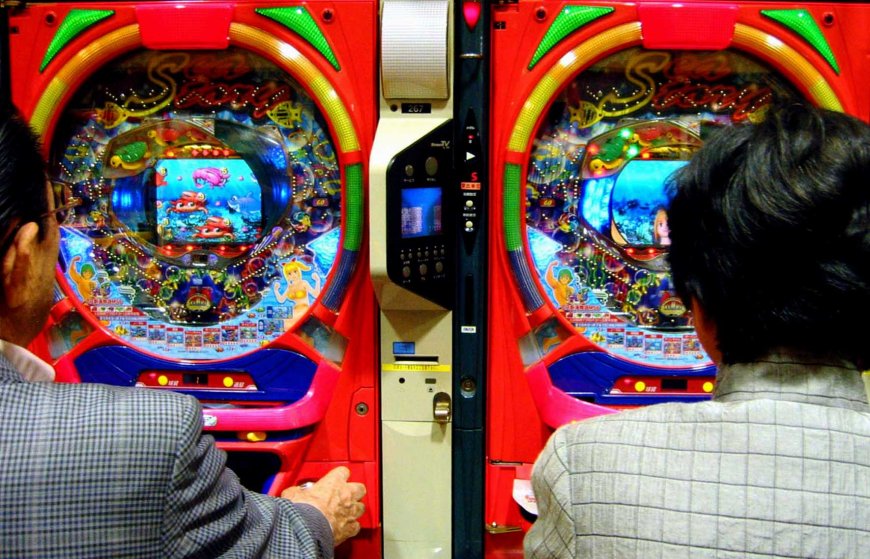 Credit: /kallu
Credit: /kallu
Legal and Social Considerations
Despite its popularity, Pachinko exists in a somewhat ambiguous legal space in Japan. While gambling for cash is illegal, players can exchange their winnings for tokens or prizes, which can then be exchanged for cash at separate locations. This legal loophole has allowed Pachinko to thrive as a form of entertainment and occasional gambling.
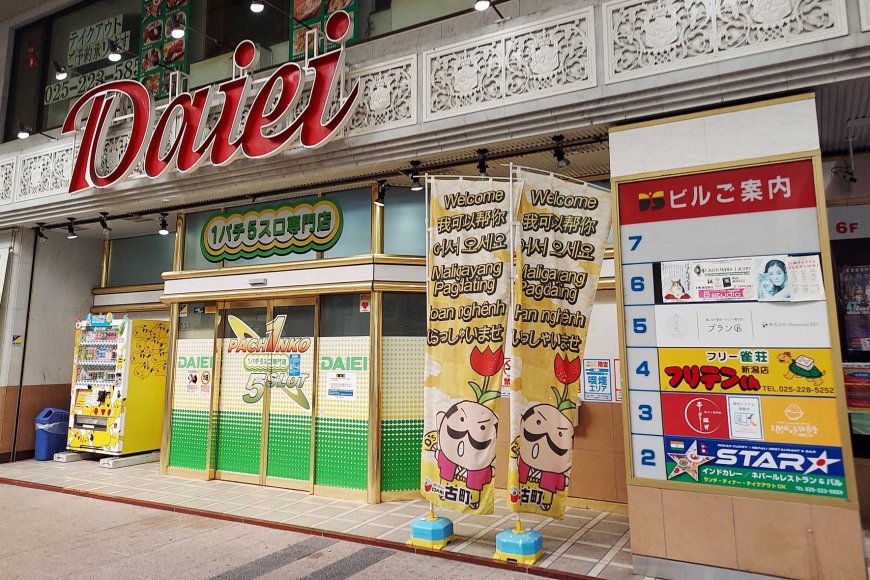
Cultural Significance
Pachinko has embedded itself deeply in Japanese culture, becoming more than just a game. It serves as a social space, bringing people together from various backgrounds. The sights and sounds of Pachinko parlors are integral to the urban landscape, creating a distinctive feature of Japanese cities. The game's enduring popularity has even led to its portrayal in literature, film, and other forms of media.
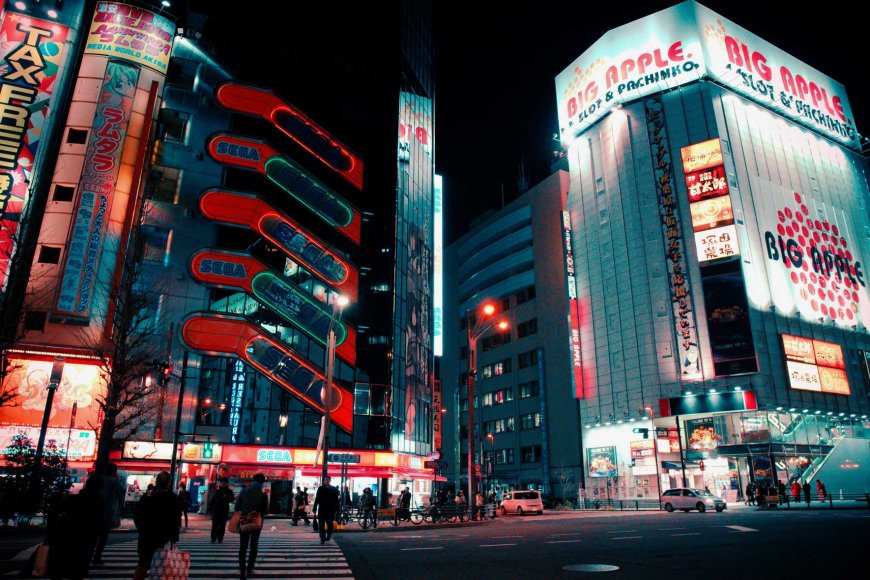
Technological Advancements
As technology has advanced, so has Pachinko. Modern machines incorporate digital displays, elaborate graphics, and themed designs that add a new layer of entertainment to the game. Some machines even feature storylines and characters, providing players with a more immersive experience.
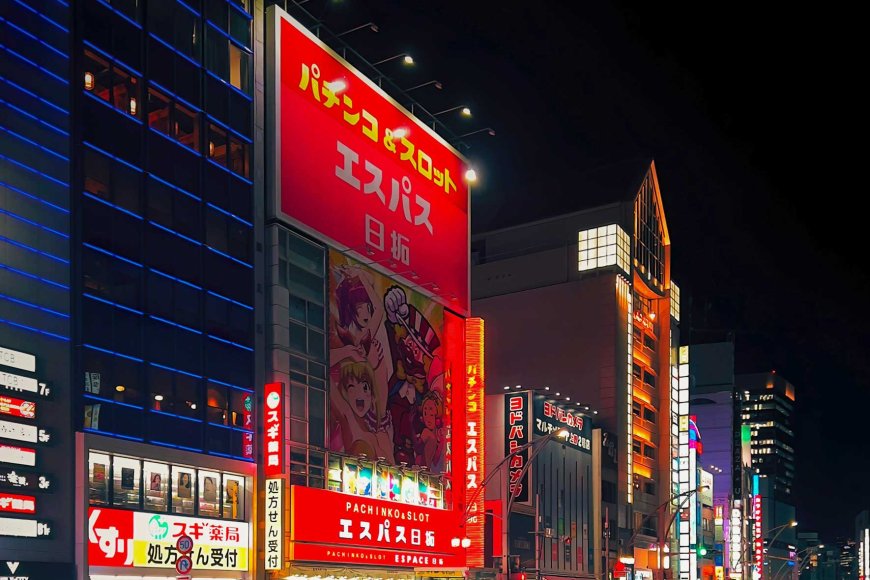
Pachinko exemplifies the timeless attraction of traditional games in the face of technological advancements. Its rich history, unique mechanics, and cultural significance make it a fascinating phenomenon that continues to captivate the hearts of many in Japan. Whether you're a seasoned player or a curious observer, the world of Pachinko invites you to roll the balls and experience the thrill that has enchanted generations.
Find Cheap Flight Tickets to any Destinations in Japan and the Philippines
Nipino.com is committed to providing you with accurate and genuine content. Let us know your opinion by clicking HERE.






























































